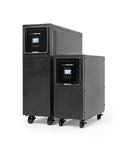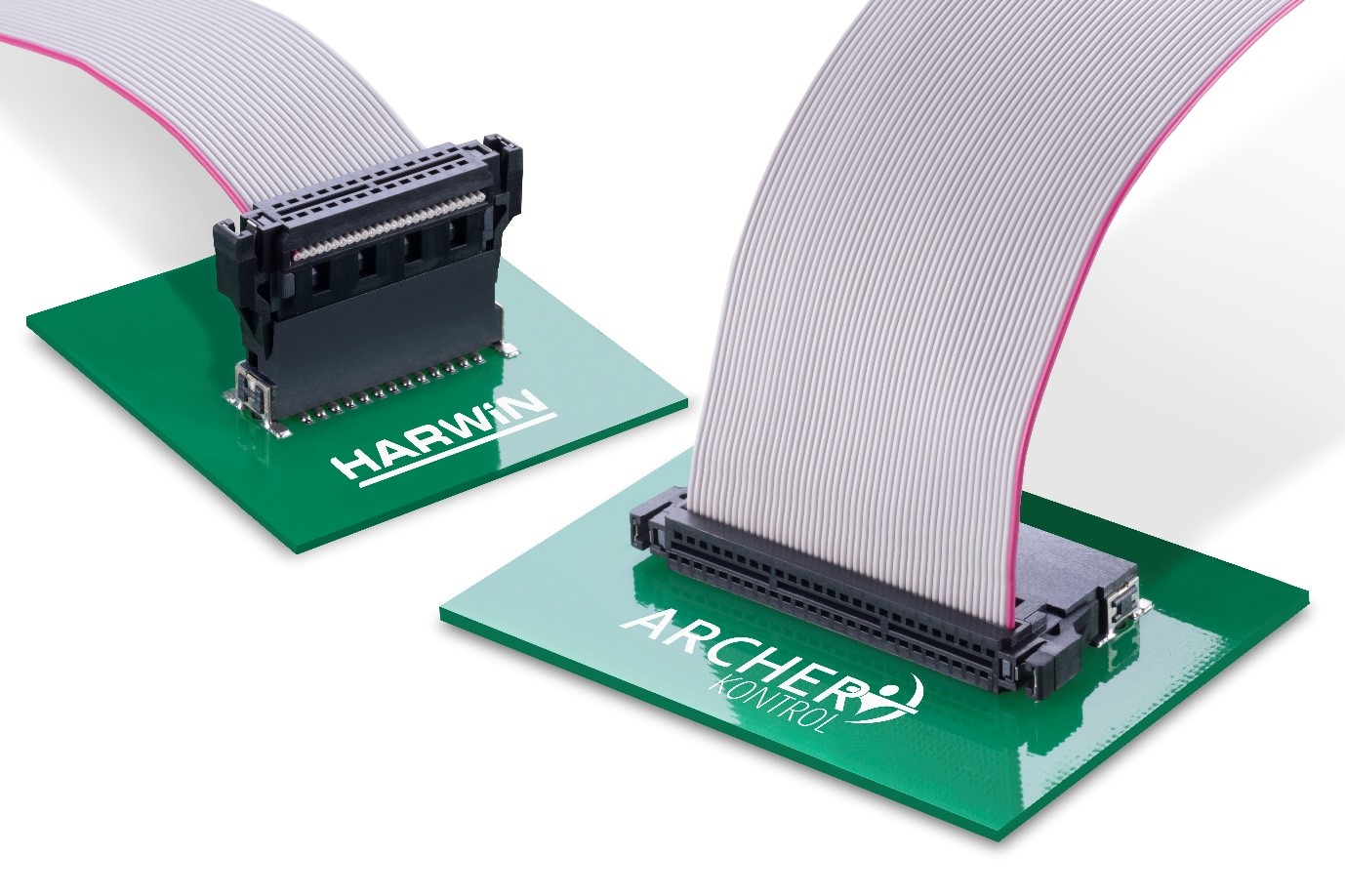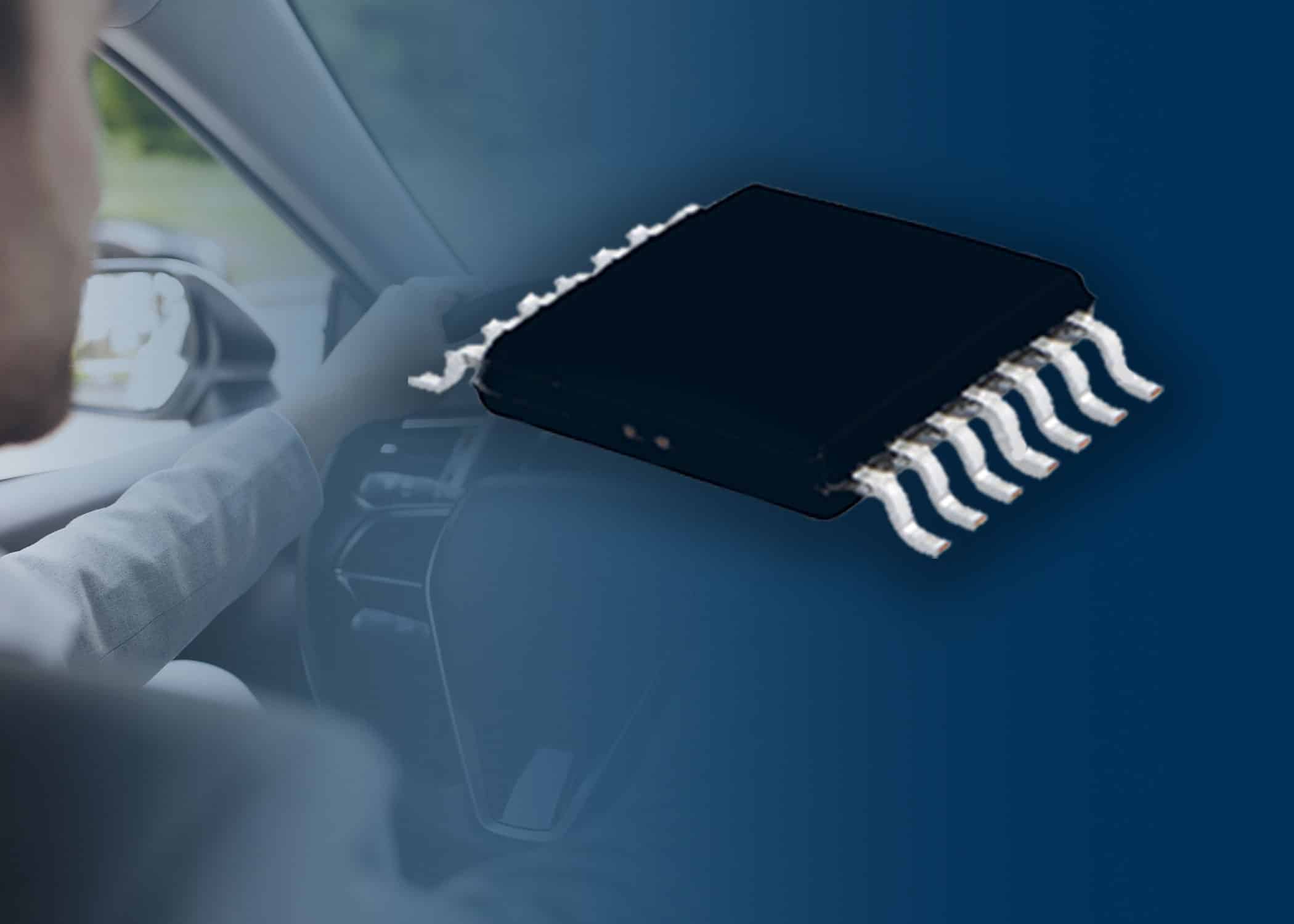Power, communication and safety systems are critical elements of a modern factory enabling the reliable operation of highly connected multi-billion dollar machines. In addition, the cabling systems for these critical items must be reliable for many years, withstanding heat and vibration and dealing with challenges such as input voltage fluctuations, humidity, and high levels of particulate matter.
Integrating extensive wiring in a factory is difficult and expensive; and, at best, it's a job that should only be done once. That's why it's important to ensure that the cable assemblies, connectors, and distribution boxes used to make up a system are rugged, reliable, and scalable to meet today's and tomorrow's standards, protocols, and regulations.
This article provides a brief summary of the requirements of the modern factory. It then presents a modular approach to building and evolving industrial automation networks using examples of real-world components from Molex. It shows how a modular approach can simplify deployment and meet key environmental, operational, safety, reliability and cost requirements, while maintaining enough flexibility to expand and adapt as the factory grows.
The factory wiring of tomorrow
Industrial automation (AI) has transformed the modern factory. Communication is now as important as the electricity used to power the drives and servo motors of the large machines that make products, and safety is paramount as humans and robots work closely together. The challenge for the automation engineer is to select and install power, communication, and security cabling that takes advantage of today's technology while keeping an eye on the future in terms of scalability.
It is a difficult challenge because factories are a great investment and are built to last. Over their lifetime, manufacturing technology will evolve and cabling systems that were satisfactory only a few years earlier may no longer be suitable. In addition, as production capacity increases, each additional system will require its own connectivity, and rewiring a factory is not only costly and time consuming, but also means expensive machinery sits down.
Engineers are increasingly turning to modular systems that house power, communications, and security cabling in the same sheath and allow for future growth in the form of spare cables. A key part of this approach is the M23 connector system, so named because the thread diameter of the cable coupling is 23 millimeters (mm). The system is relatively easy to assemble and test, and provides a robust and reliable power and communication infrastructure (Figure 1),
 Figure 1: An M23 cordset showing a 23mm receptacle with an 8-pole female insert. (Image source: Molex)
Figure 1: An M23 cordset showing a 23mm receptacle with an 8-pole female insert. (Image source: Molex)
M23 connectors and wiring are designed for servicing electrical drives, servo motors, and encoders common in industrial automation. The M23 system features a range of inserts and housings for data, communication, and combined power and data, making it equally suitable for power or signal transmission applications. M23 cord sets can carry voltages of 250, 630, or 800 volts at currents of 9, 18, or 30 amps (A).
M23 cabling is not governed by an international standard. However, manufacturers often follow the recommendations regarding the manufacture of cable sets, which allows for interoperability. As such, the M23 can be considered a standard de facto.
A variant of the M23 system is the M12, which has a 12mm coupling thread diameter. Since the M12 is not used for power, the cable sets are more compact, saving cost and space (Figure 2).
 Figure 2: The M12 cable set is used for communication and security only; it has a more compact format than the M23. (Image source: Molex)
Figure 2: The M12 cable set is used for communication and security only; it has a more compact format than the M23. (Image source: Molex)
The key to the success of the M23/M12 is its flexibility. First, designers can choose to create their own custom systems by specifying cables, matings, receptacles, inserts, connector housings, and even mating pin diameters. Couplings are available in straight and angled designs, and inserts can be purchased with multiple pin numbers and patterns. The result is a wide range of customizable variations for virtually any application.
Alternatively, the designer can choose from a range of factory supplied cable/coupling or cable/receiver assemblies. The advantage of choosing pre-built products is the saving in assembly time and the reassurance that the integrity of the cable and connector has already been tested at the factory. The downside is that the range of solutions is relatively limited compared to building from scratch. However, the range of pre-built products remains extensive, covering alternative connectors and cable lengths for most factory automation options, including rotating machines, welding robots, or automated assembly equipment.
Protection against contamination, vibrations and electromagnetic compatibility
With a few exceptions, such as the manufacturing of food, pharmaceuticals, and high-tech electronics, factory environments are often filled with moisture, dust, grease, and other contaminants that are enemies of electrical systems. In other applications, the cable and connector may be required to be resistant to acid and alkali solutions used during production and cleaning, so it is vital that they resist penetration by all liquids, particles and other substances.
The specific contaminant resistance required will change based on mill requirements. Manufacturers classify their products according to the intellectual property classification system. The IP classification indicates the degree of protection offered by the product and is defined by the international standard EN 60529.
The scheme consists of two digits, the first of which represents the level of protection against solid objects, from tools or fingers that could be dangerous if they encountered electrical conductors, to airborne dirt and dust that could damage circuitry. The second digit defines protection against different drips, sprays or immersions. The range extends from IP00 (no protection against dust or water) to IP69 (full protection against dust and powerful high-temperature water jets).
It's not just contaminants that can cause problems in poorly designed factory electrical systems. Cable assemblies are also potentially subject to thermal stress, vibration, and mechanical flexing (especially if used in a robotic application where the cables may be in constant motion). In addition, factories often house large electric motors that draw large starting currents, creating power surges and electromagnetic interference (EMI) that can disrupt sensitive communication systems.
M23 and M12 cable assemblies are specifically designed to withstand factory environments, and their bolted couplings resist vibration and mechanical loads. For harsh EMI environments, cable kit manufacturers often offer options with built-in shielding.
For example, Molex offers a range of particularly strong power cables with its Brad Power Overmolded Cables.® 120480 M23. These cable assemblies are built for harsh environments with features such as over-molded plastic jackets to protect the junction between the cable and the connector and optional EMI shielding. They are available in discrete lengths from 1 meter (m) to 20 m and are colored orange for increased visibility (Figure 3).
 Figure 3: 120480 M23 Cordsets feature an overmolding for added protection and a range of inserts; shown here are the six and eight pole variants. (Image source: Molex)
Figure 3: 120480 M23 Cordsets feature an overmolding for added protection and a range of inserts; shown here are the six and eight pole variants. (Image source: Molex)
The cables are available in six or eight pole (wire) versions. The maximum voltage and current are 800 volts and 18 A, with a contact resistance of 3 ohms (Ω) and an insulation resistance of 100 megohms (MΩ). The cable assemblies can operate in a temperature range of 25°C to +85°C, and offer an IP67 degree of protection against dust and water, once mated.
The advantage of a modular system like the M23 is that the factory wiring can be quickly built and adapted as the factory grows. The system allows the engineer to easily attach cabling networks and attach cable ends directly to machines equipped with M23 sockets. The cabling not only provides the high voltage and current required for factory automation, but is also capable of supporting factory communication systems such as Ethernet, EtherCAT, Modbus, and PROFINET (Figure 4).
 Figure 4: M23 cabling makes it easy to expand your factory's wired network as new manufacturing cells are added. (Image source: Molex)
Figure 4: M23 cabling makes it easy to expand your factory's wired network as new manufacturing cells are added. (Image source: Molex)
Ensure factory safety
Connectivity plays a critical role in the modern factory. Controlling and updating equipment is a big part of the network's job, but factory automation security is also important, especially when people and robots are around. The robot usually has multiple sensors that stop movement if a worker invades the work area, and the security cell is complete with doors and interlocked access panels. All of these systems demand connectivity, and the wired network can quickly become complex and unwieldy if each sensor is served by a branch of the main factory network (Figure 5).
 Figure 5: Robotic work cells require vital safety systems to protect human workers in factory automation environments. (Image source: Molex)
Figure 5: Robotic work cells require vital safety systems to protect human workers in factory automation environments. (Image source: Molex)
Instead, engineers are keeping things simple by using Multiport Interconnect System (MPIS) distribution boxes connected to the factory mains. From there, M12 control cables are connected to the outputs of the boxes to wire the safety systems of the manufacturing cell. One example is Molex's rugged IP1202480510-rated 67 Security MPIS Distribution Box, which helps manage security devices installed around machinery (Figure 6).
 Figure 6: Safety MPIS Distribution Boxes simplify safety wiring and save space and cost. (Image source: Molex)
Figure 6: Safety MPIS Distribution Boxes simplify safety wiring and save space and cost. (Image source: Molex)
The 1202480510 features an integrated 5m long cable for connection to the factory mains, four 12-pin M12 ports and four 30-pin and 4-pin M12 ports in a single housing. The distribution box allows the installation of standard I/O cabling systems in a limited space, while maximizing the flexibility of the safety design. Each port can handle up to 1200652383 volts DC with a maximum current of 1 A (12 A total current for the distribution box). The junction box is designed for use with Micro-Change 1200652378 series 1m M12 XNUMX pole and XNUMX version XNUMXm MXNUMX XNUMX pole version.
Conclusion
Factory automation demands resilient, reliable, and scalable power, communication, and security cabling networks. Modular systems based on standards de facto M23 and M12 simplify initial installation and meet these requirements. The cable assemblies and distribution boxes they use are built with the rigors of the factory environment in mind, making them resistant to dirt and moisture, and capable of withstanding extreme temperatures, vibrations and mechanical stress.
Source: https://www.digikey.es/es/articles/how-to-build-robust-systems-for-factory-automation








